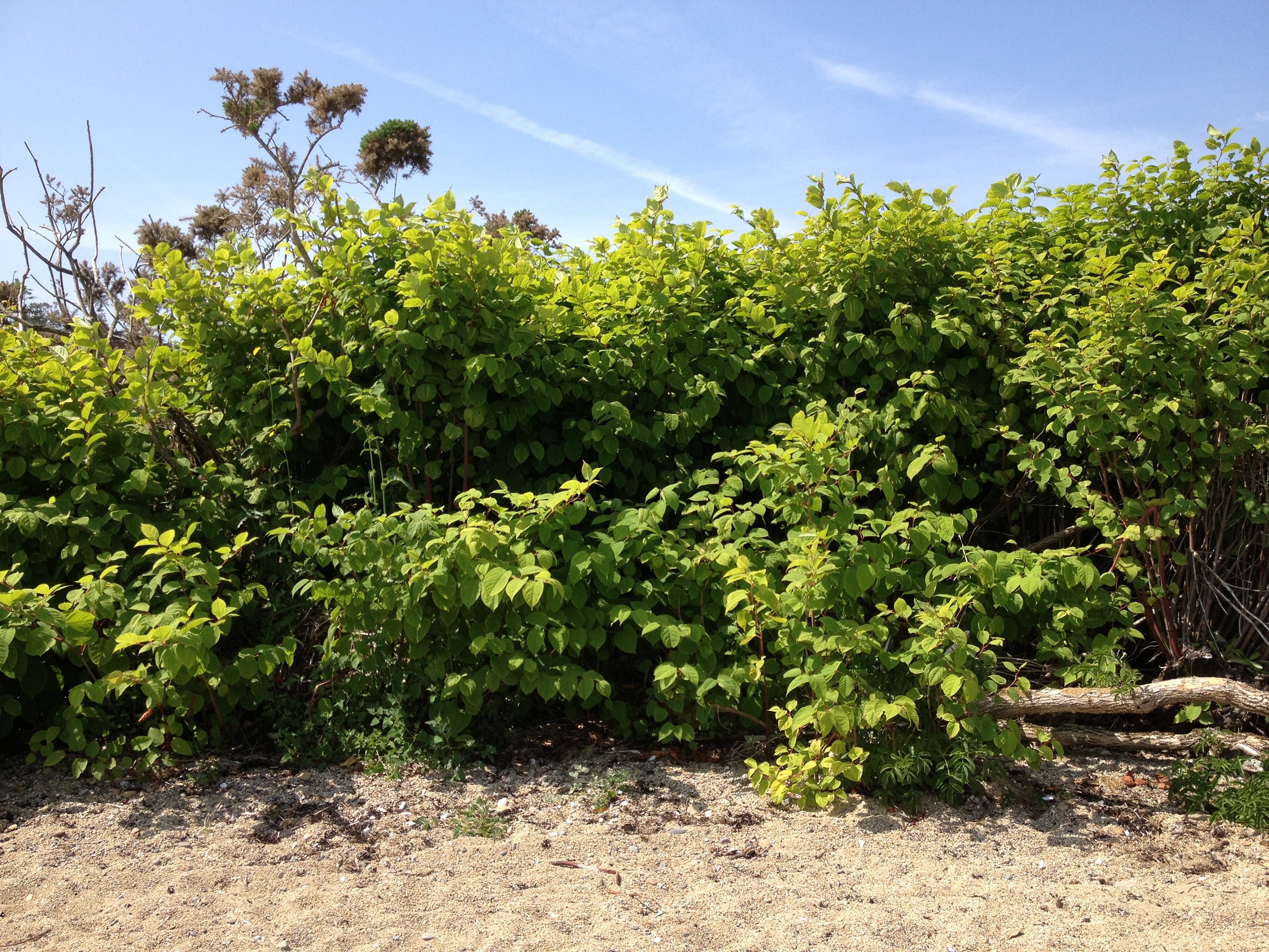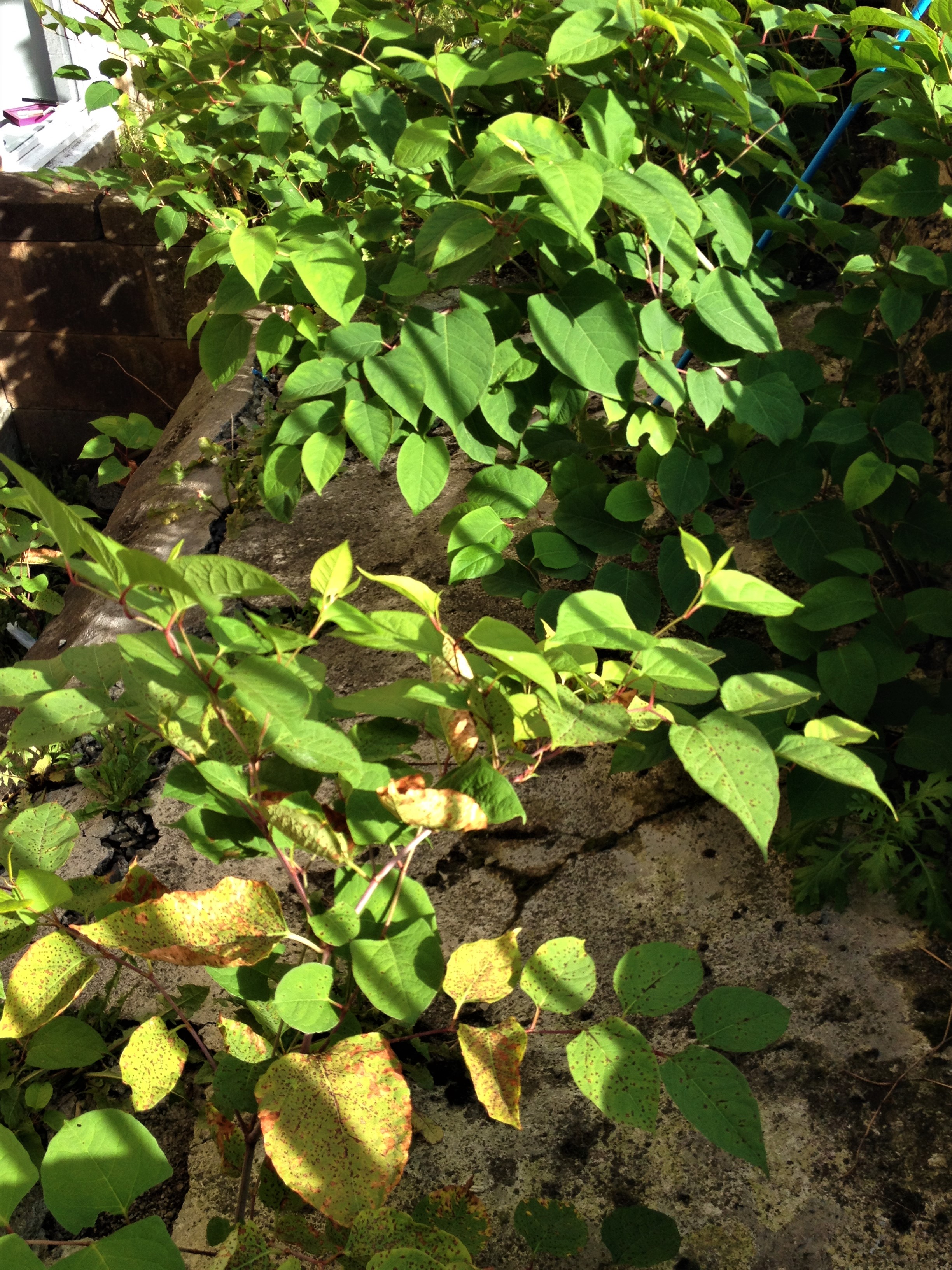Japanese Knotweed originates from the mountainous regions of
Japan. The reason for the extensive root network that’s typical of this species,
isn’t just to provide a secure foothold in steep sections – it’s a way of
protecting the plant and enabling it to come back to life.
Volcanic activity could result in the resident knotweed being
covered in a thick layer of lava for many years. While the upper layers
of vegetation and rhizomes may be destroyed by the intense heat of the lava,
rhizomes/roots at depth may be unharmed. These deeper rhizomes can remain
dormant for many years waiting for the upper layer of hardened lava to start to
deteriorate and crack. Fissures which form through these deep layers of rock
will allow this persistent species the opportunity to re-emerge. Once it
has broken through, the knotweed will slowly push apart the eroding lava layer
by forming its dense crown. Over time the species can break through the
layer of lava to re-establish on the slopes once more.
So, as you can see above, a thin layer of concrete is no match
for this rock specialist.
If you’re concerned about Japanese Knotweed, or indeed any other Invasive Weed, why not take advantage of our range of FREE Identification options or Get in Touch for help from our team?



